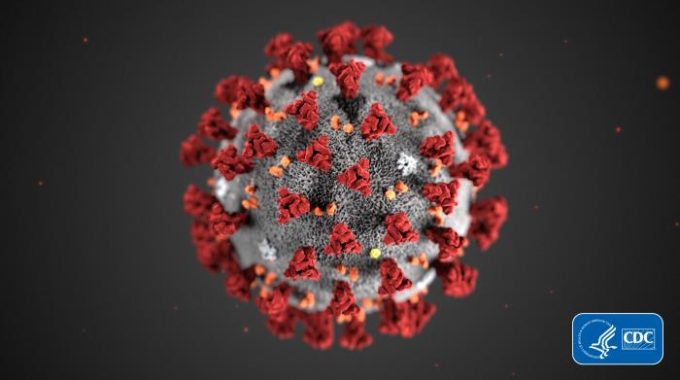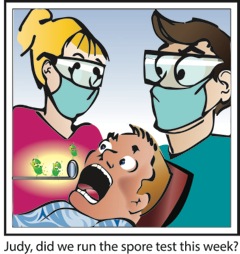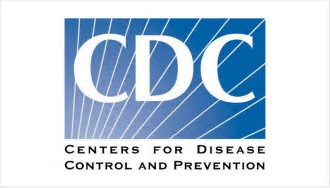As COVID cases surge across the country, California dental employers must continue to follow Cal/OSHA’s…
World TB Day is Observed on March 24, 2013
World TB Day provides an opportunity to raise awareness about TB-related problems and solutions and to support worldwide TB-control efforts. The following excerpt is from the Centers for Disease Control and Prevention CDC found at Tuberculosis TB Facts – What is TB?
Exposure to TB
What is TB?
“TB” is short for a disease called tuberculosis. TB is spread through the air from one person to another. TB germs are passed through the air when someone who is sick with TB disease of the lungs or throat coughs, speaks, laughs, sings, or sneezes. Anyone near the sick person with TB disease can breathe TB germs into their lungs.
TB germs can live in your body without making you sick. This is called latent TB infection. This means you have only inactive (sleeping) TB germs in your body. The inactive germs cannot be passed on to anyone else. However, if these germs wake up or become active in your body and multiply, you will get sick with TB disease.
When TB germs are active (multiplying in your body), this is called TB disease. These germs usually attack the lungs. They can also attack other parts of the body, such as, the kidneys, brain, or spine. TB disease will make you sick. People with TB disease may spread the germs to people they spend time with every day.
How was I exposed to TB?
You may have been exposed to TB if you spent time near someone with TB disease of the lungs or throat. You can only get infected by breathing in TB germs that a person coughs into the air. You cannot get TB from someone’s clothes, drinking glass, eating utensils, handshake, toilet, or other surfaces where a TB patient has been.
How do I know if I have been infected with TB germs?
If you have been around someone who has TB disease, you should go to your doctor or your local health department for tests.
There are two tests that can be used to help detect TB infection: a TB skin test or a TB blood test. The skin test is used most often. A small needle is used to put some testing material, called tuberculin, under the skin. In 2-3 days, you return to the health care worker who will check to see if there is a reaction to the test. In some cases, a TB blood test is used to test for TB infection. This blood test measures how a person’s immune system reacts to the germs that cause TB.
To tell if someone has TB disease, other tests such as chest x-ray and a sample of sputum (phlegm that is coughed up from deep in the lungs) may be needed.
OSHA Review, Inc. a registered continuing education provider in the State of California, specializing in Dental Practice Act, infection control, and Cal/OSHA training. OSHA Review subscribers in California receive updated regulatory compliance and infection control training thorough our bi-monthly newsletter.



